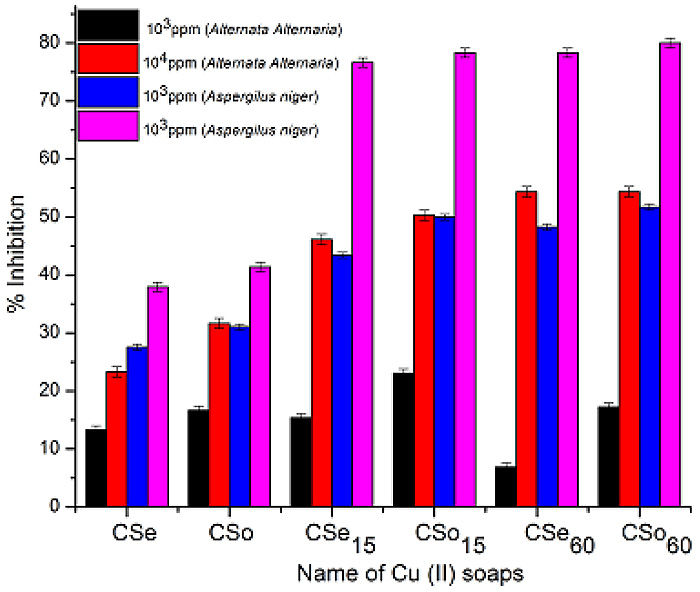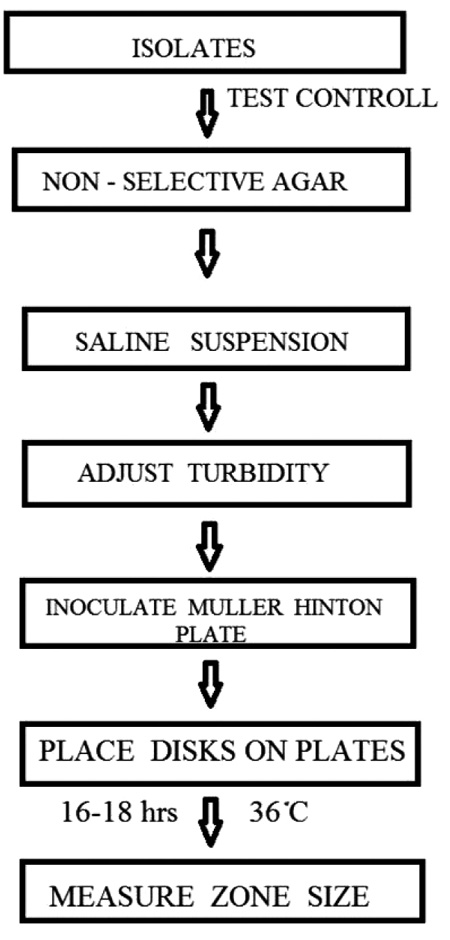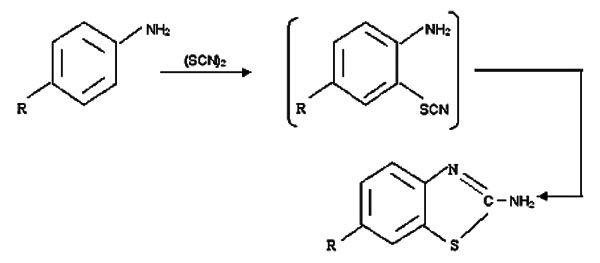REVIEW ARTICLE
New Insight into Progesterone-dependent Signalization
Karolina Kociszewska1, 2, Piotr Czekaj3, *
Article Information
Identifiers and Pagination:
Year: 2017Volume: 4
First Page: 11
Last Page: 22
Publisher Id: PHARMSCI-4-11
DOI: 10.2174/1874844901704010011
Article History:
Received Date: 11/11/2016Revision Received Date: 09/12/2016
Acceptance Date: 12/12/2016
Electronic publication date: 16/02/2017
Collection year: 2017
open-access license: This is an open access article distributed under the terms of the Creative Commons Attribution 4.0 International Public License (CC-BY 4.0), a copy of which is available at: https://creativecommons.org/licenses/by/4.0/legalcode. This license permits unrestricted use, distribution, and reproduction in any medium, provided the original author and source are credited.
Abstract
Background:
Various effects of steroid hormone activity cannot easily be explained by the action of classical nuclear receptors and genomic signal transduction pathways. These activities are manifested principally as rapid processes, lasting from seconds to minutes, resulting in changes in ion transduction, calcium intracellular concentration, and level of the second messengers, which cannot be realized through the genomic pathway. Hence, it has been proposed that other kinds of mediators should be involved in steroid-induced processes, namely receptors located on the cell surface. The search for their chemical nature and role is of utmost importance. Current state of knowledge confirms their relation to GPCRs. Moreover, it seems that almost every nuclear receptor specific for steroid hormone family has its membrane-bound equivalent.
Objective:
In this review, we summarize current state of knowledge about nuclear and membrane receptors for progesterone, and describe their potential functions alone, as well as in cooperation with other receptors.
Conclusion:
In the light of common expression, both in species and organs, membrane receptors could play a role that is at least comparable to nuclear receptors. Further exploration of membrane receptor-dependent signaling pathways could give a new insight in the treatment of many endocrine and oncological pathologies.














